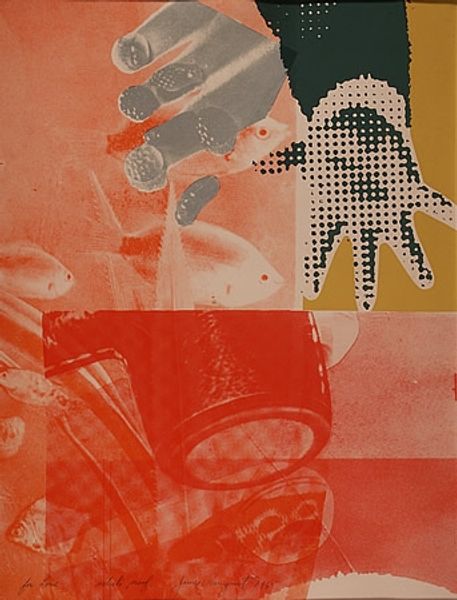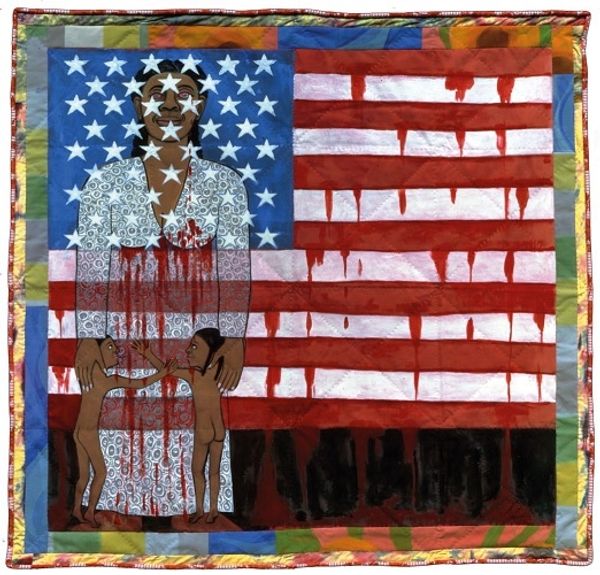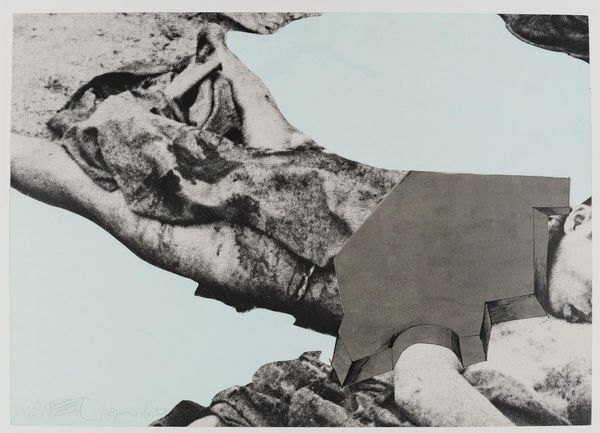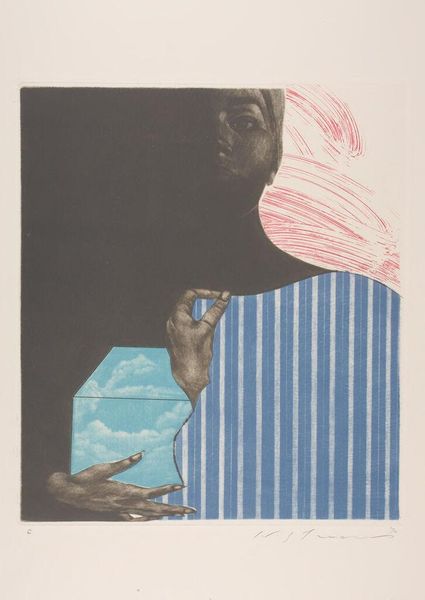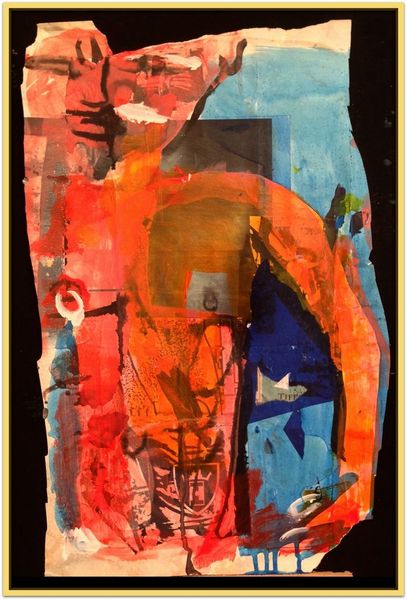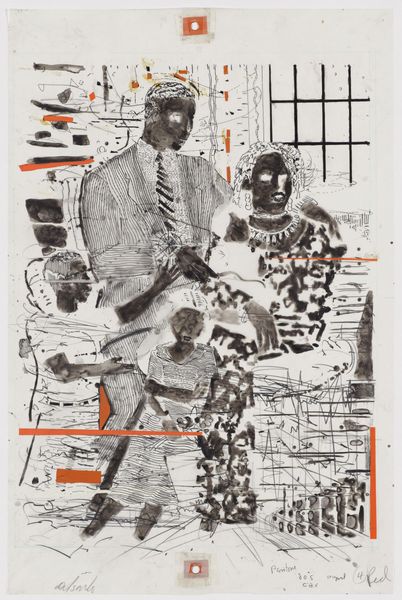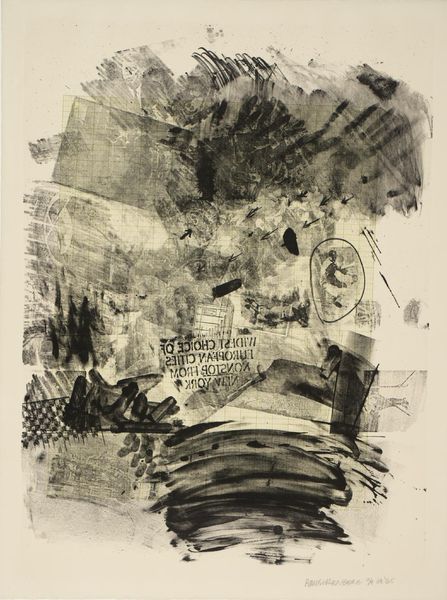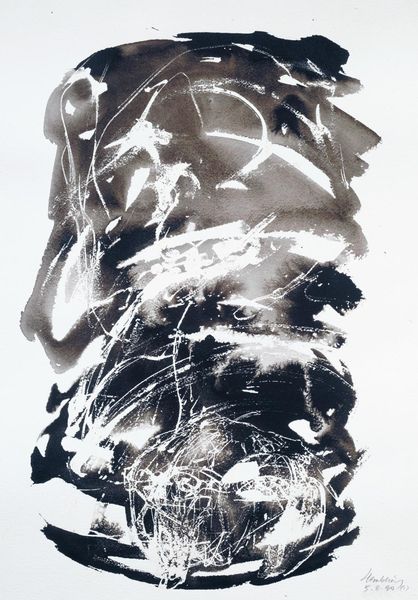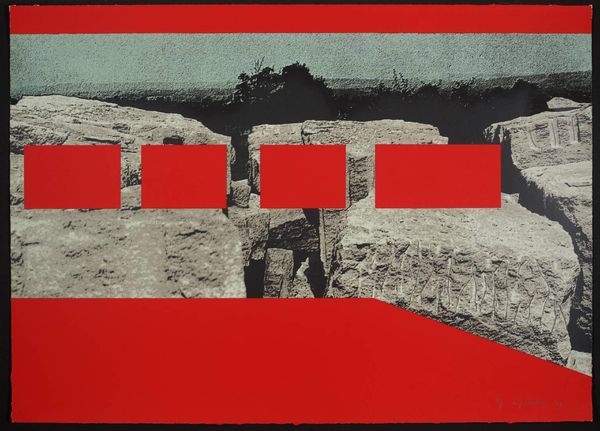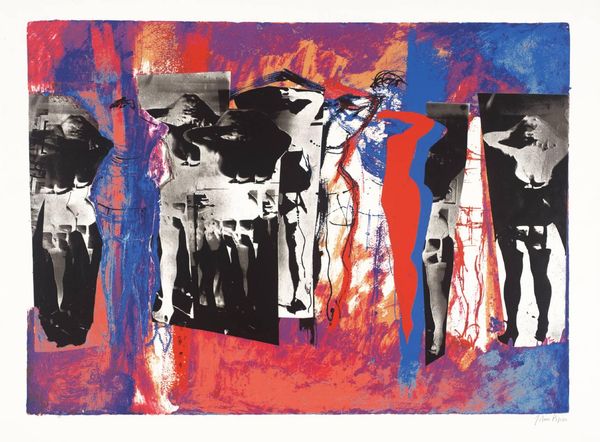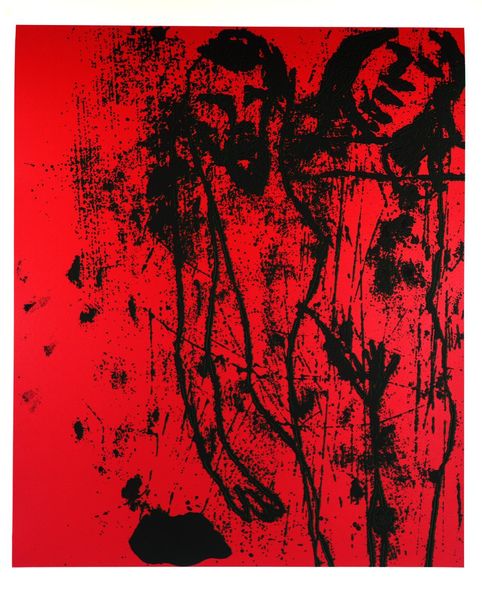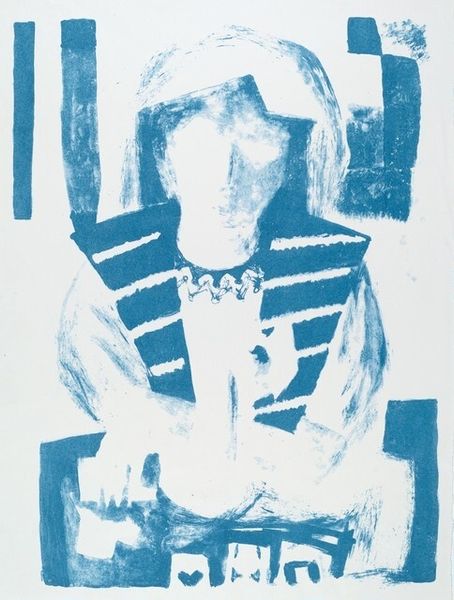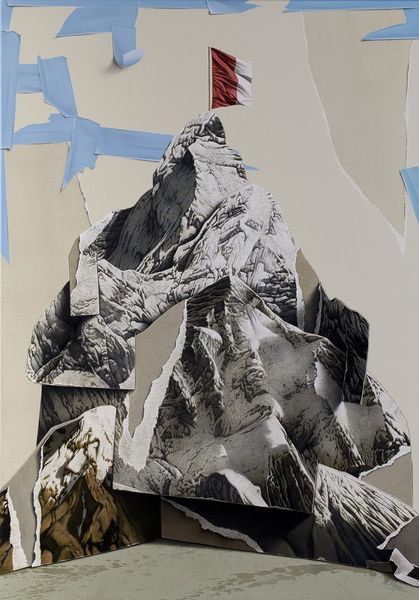
#
neo-dada
#
black-mountain-college
Copyright: © 2019 Robert Rauschenberg Foundation. All right reserved.
Editor: Here we have Robert Rauschenberg’s “Hillary Rodham Clinton Campaign Print” from 2000, a photomontage collage. It's visually quite dense, almost chaotic. How do you interpret this work, especially considering its political subject? Curator: Well, I see a multi-layered commentary on American politics and representation. Rauschenberg uses the visual language of Pop Art to engage with political discourse. The collage, with its combination of seemingly disparate images – elephants, a donkey, the American flag – invites us to deconstruct the symbols and ideologies at play. Editor: The elephants and donkey clearly reference the Republican and Democrat parties. But what about the tire, the 'One Way' sign, the phrase 'Enough is Enough'? What do these disparate pieces add to the conversation? Curator: Rauschenberg was known for appropriating images from mass media. Here, these fragmented symbols create a complex visual field that reflects the ambiguities and contradictions inherent in political campaigns. "Enough is Enough" perhaps speaks to a frustration with the status quo. The tire and 'One Way' sign are particularly suggestive – do they perhaps gesture toward the ceaseless cycle of political discourse and its frequent one-sidedness? The question we need to constantly ask ourselves is, for whom is politics designed? Editor: So, you're suggesting it's not a straightforward endorsement but rather a critical engagement with the political landscape? Curator: Precisely. Rauschenberg challenges us to actively interpret and question the narratives presented by political campaigns and their relationship to the society that consumes them. What can art reveal that everyday conversations cannot? Editor: It’s fascinating how Rauschenberg used familiar images to create such a multifaceted piece. I hadn't considered the layered symbolism until now. Curator: And that is exactly why interrogating art matters, doesn’t it? There is far more than immediately meets the eye when engaging in socio-historical examination.
Comments
No comments
Be the first to comment and join the conversation on the ultimate creative platform.
